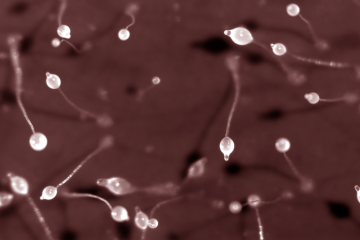Project grant
Replacing, refining and reducing animal usage in epilepsy research using a non-sentient model

At a glance
Completed
Award date
January 2010 - April 2013
Grant amount
£415,374
Principal investigator
Professor Robin Williams
Co-investigator(s)
- Professor Matthew Walker
Institute
Royal Holloway University of London
R
- Replacement
Read the abstract
View the grant profile on GtR
